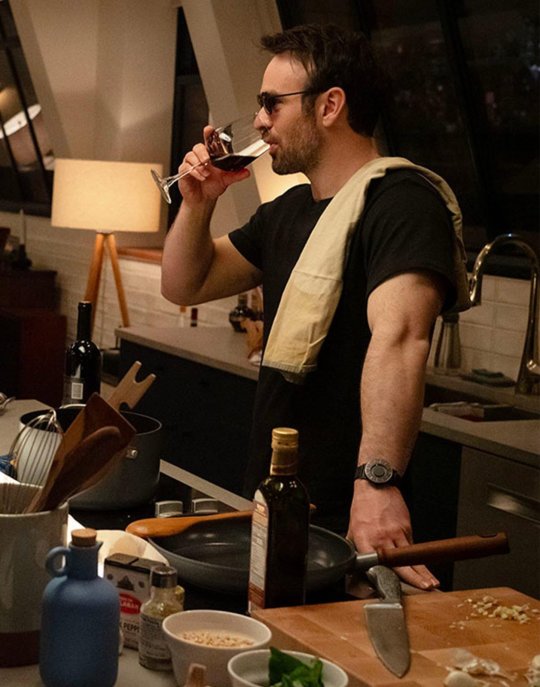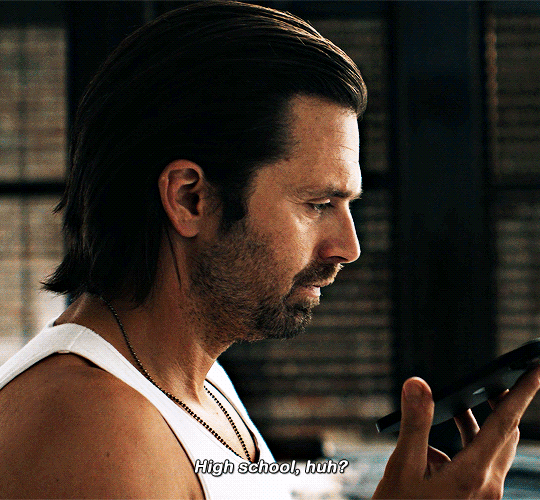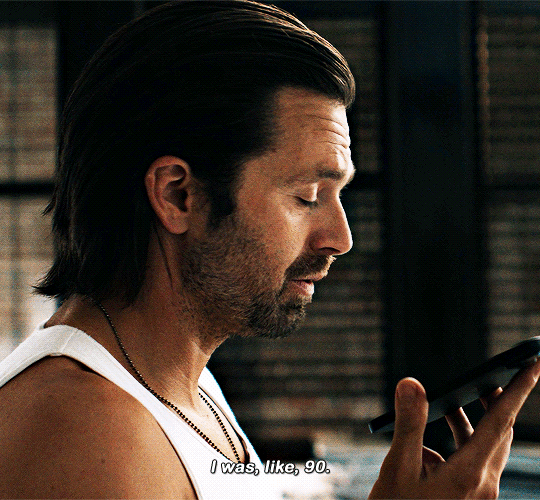Marvel, Moon Knight, Captain America trio, Star Wars, Middle-Earth saga, Harry Potter, SPN, Rick Riordanverse. Egyptology, Science, History, Creative Writing enthusiast. Writer. 🇮🇩
Last active 60 minutes ago
Don't wanna be here? Send us removal request.
Text
Does this story need to be written down? Is it not enough to have it simply live in my head?
5K notes
·
View notes
Text
You Guys are Too Hard on Yourselves
Sometimes after I post a piece of advice or a suggestion for improving your craft, I see a lot of you guys in the reblogs talking about how you wish you could be a good writer and take said advice, or that you feel like a failure for not already doing it.
Now listen here, look me in the eyes, you are doing enough.
The last thing I want is to discourage anyone from writing, so I need you to internalize this. You are doing enough as a writer. Yes even if you haven’t written in a while, even if you’ve never been published, or have been rejected a million times, or have never finished a draft. You guys are enough for even trying, and I need you to start recognizing yourselves and being proud of the work you do and/or the ideas you have.
At the very least, start practicing not getting down on yourselves when you hear advice or read someone else’s work. You will only ever get better, don’t start doubting yourself now.
Let’s do a little exercise. Reblog this with three things you think you are totally nailing as a writer, I’ll go first:
I have a keen sense of pacing.
I create interesting dynamics between complex characters.
My ideas are weird and fun and reflect me as a person.
Now go forth with positivity!
857 notes
·
View notes
Text
“People never learn anything by being told, they have to find out for themselves.”
— Paulo Coelho, Veronika Decides to Die
332 notes
·
View notes
Text
HIS TRUE COLOR HAIR IS MUCH BETTER 👍

Can’t explain how much I love seeing him in his sentry suit with his brown hair
2K notes
·
View notes
Text


OKAY BUT GIVE ME DARK HAIR SENTRY OVER BLONDE SENTRY EVERYDAY
3K notes
·
View notes
Text
Develop your style
All writing advice is guidelines. When you’re starting out it can give you a good foundation, but the more you learn, the more you’ll find your own path forward.
When you know the rules, you don’t have to blindly follow them. You can be deliberate in your writing choices. Once you understand why advice exists you can learn what effect using or circumventing it will have on your story and develop your own technique and writing style.
70 notes
·
View notes
Text
It's ok to have multiple projects on the go
Balancing multiple projects? Think of them like different plants; some need daily care, others just a little water now and then.
Prioritise your projects based on the joy they bring, your energy, and, of course, deadlines, but don’t guilt yourself for rotating focus. Progress is progress, even if it’s not all on one thing.
114 notes
·
View notes
Note
Enemies to friends (to lovers but that’s another prompt) where they spend every second of their time bickering each other, please? Appreciate it <3
Enemies to friends prompts
"I don't know why we haven't become friends earlier." "Oh, I know quite a few reasons for that."
"That used to really annoy you." "You still annoy me plenty."
"How much more fun it is to be friends, right?" "Yes, so much fun."
"The good old days of being enemies." "Truly the good old days."
"Being your enemy was fun, but I'm happy we're friends now."
"Aww, you like being my friend!" "One more word and we'll go back to enemies."
"People will be shocked to know we've become friends." "Not any more shocked than I am."
"We're friends now. So you need to stop making me want to kill you."
"Being enemies is sometimes easier than being your friend."
"With you as my friend I don't need any more enemies."
More: Enemies to Lovers Masterpost | Enemies to friends with benefits Prompts
- Jana
1K notes
·
View notes
Text
-:Dying in your lover’s arms prompts:-
(This is so angsty, I'm living on it. TAG ME! This has been in my drafts for months, so there you go)
By @me-writes-prompts
Wrapping the other one in a hug and then falling down to the ground.
Cradling them in their arms, until the other one breathes their last hope.
It starts to rain, and there is blood all over them, but they are kissing the last goodbye.
^^"Don't say goodbye."
"I have to go, love."
"Stay with me. Please."
"Don't. You can't leave me, not now. Not ever."
Confessing their feelings for the other one(even though, not the best time I must say. It still has me crying so)
Sobbing and gently putting their heads together.
Hands reaching out to each other at their last moment
Murmuring 'I love you's repeatedly until their voice is raw and low
"You're so brave, you have to hang on."
"Be strong for me, please."
Holding them so tightly that their bodies are basically glued together
2K notes
·
View notes
Text
Common Jealousy or Envy Tics
⊹ Narrowing Eyes Slightly
⊹ Clicking Tongue Quietly
⊹ Faking a Smile (and it shows)
⊹ Pursed Lips or Sucking Teeth
⊹ Overcompensating With Loud Positivity
⊹ Making Passive-Aggressive Remarks Disguised as Compliments
⊹ Clenching a Hand Hidden From View
⊹ Intense Focus on Something Random (to avoid reacting)
⊹ Glancing Sideways Frequently
⊹ Trying Too Hard to Join the Conversation
⊹ Interrupting or Correcting the Object of Jealousy
⊹ Looking at the Person, Then at Who They’re Talking To, Then Back
⊹ Complaining About Unrelated Topics That Totally Aren’t Related, Nope
⊹ Repeating or Mocking What Was Just Said
⊹ Spilling or Dropping Things from Distraction
⊹ Unexplained Mood Shift
884 notes
·
View notes
Text
The hottest thing a man can do is be Matt Murdock in the kitchen cooking for you with his massive arms on display 🤤


989 notes
·
View notes










